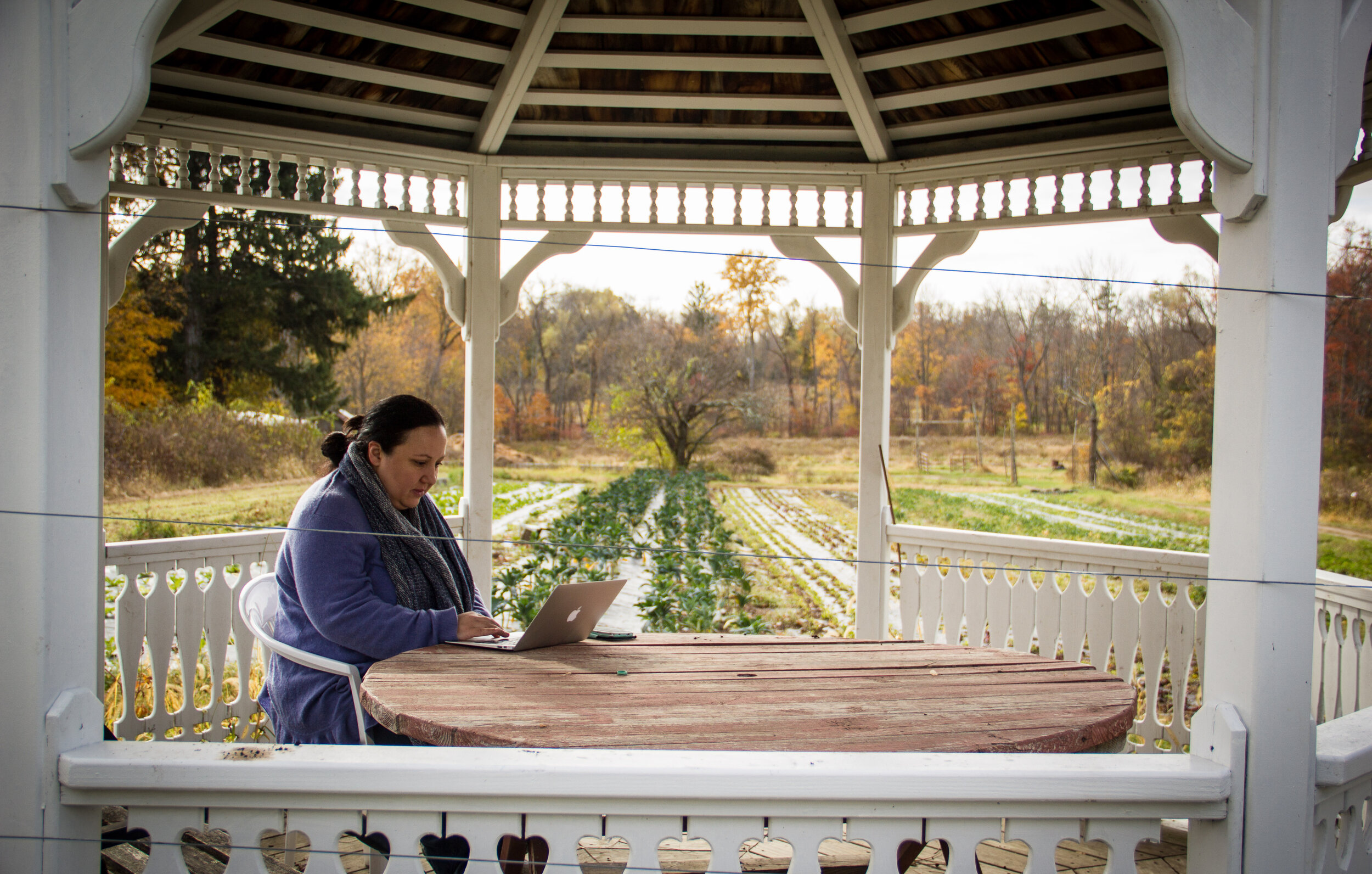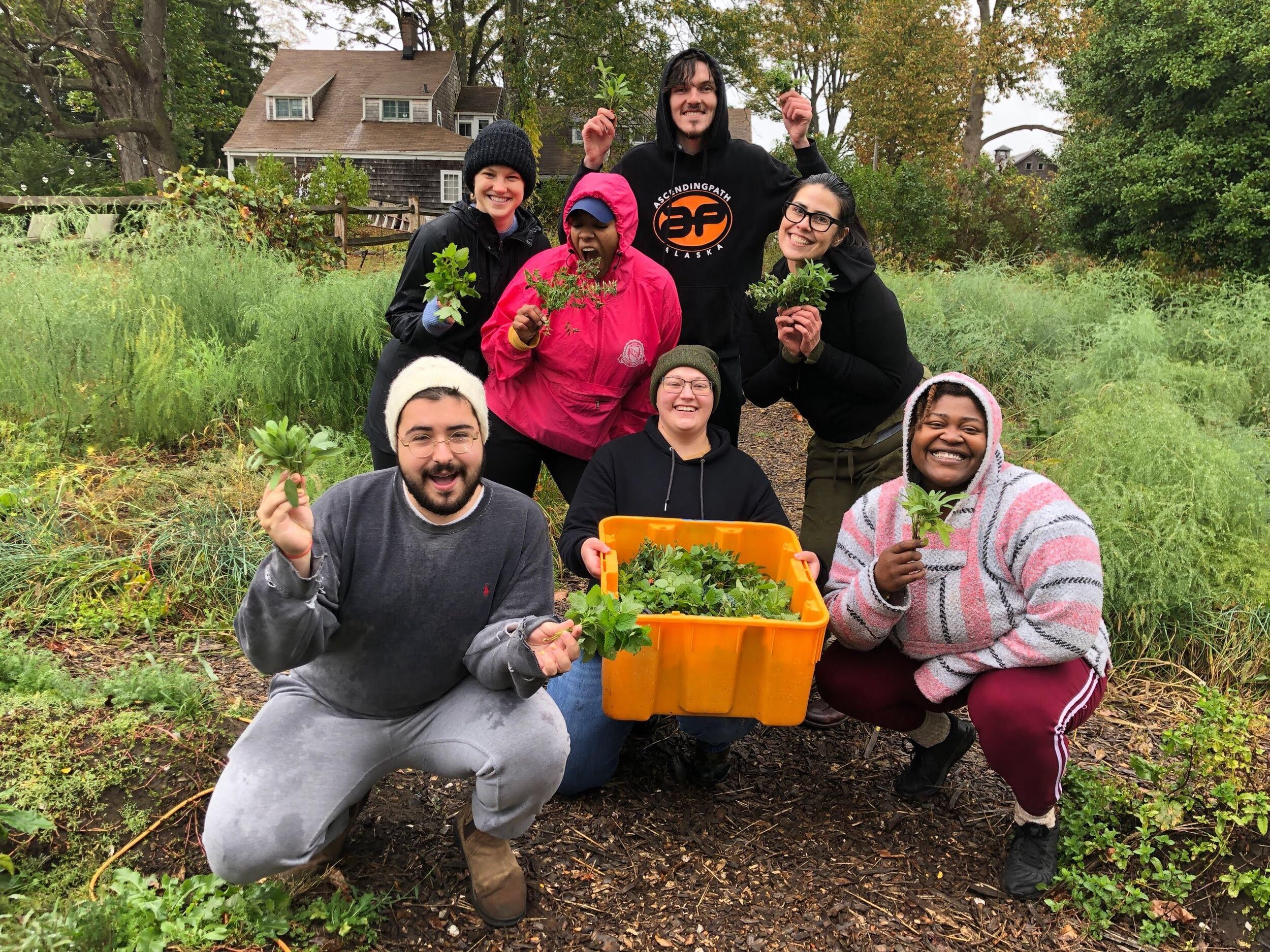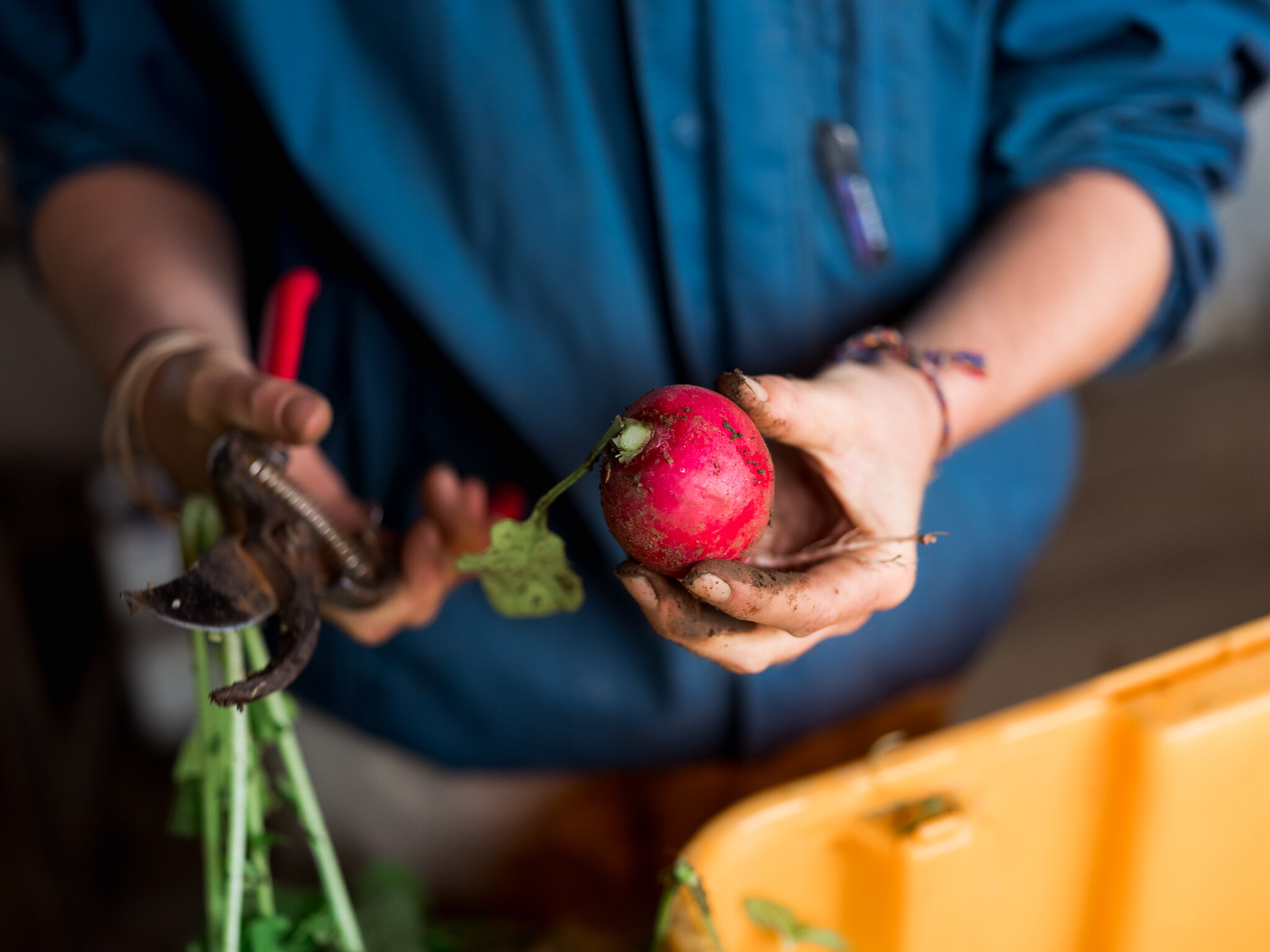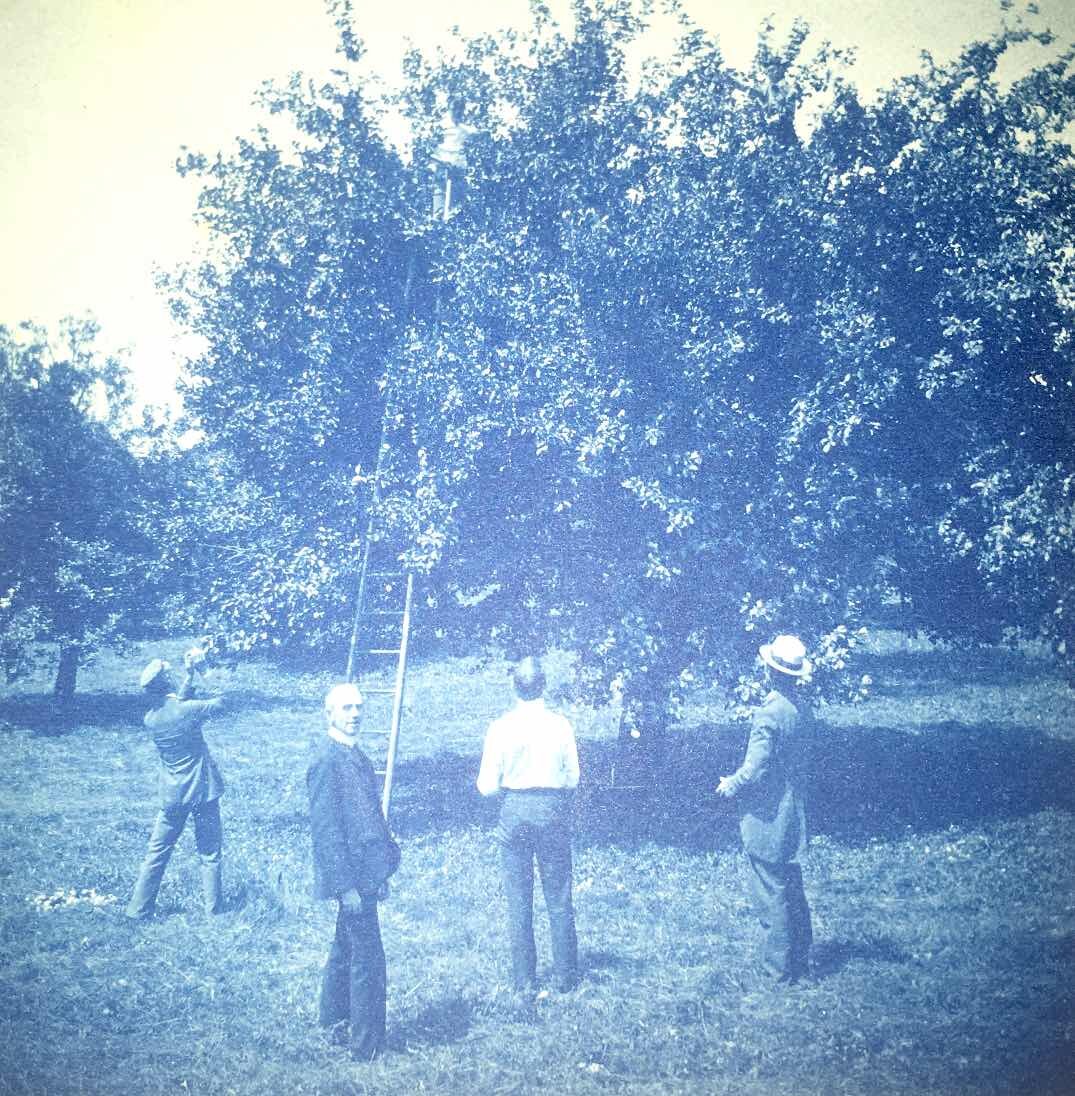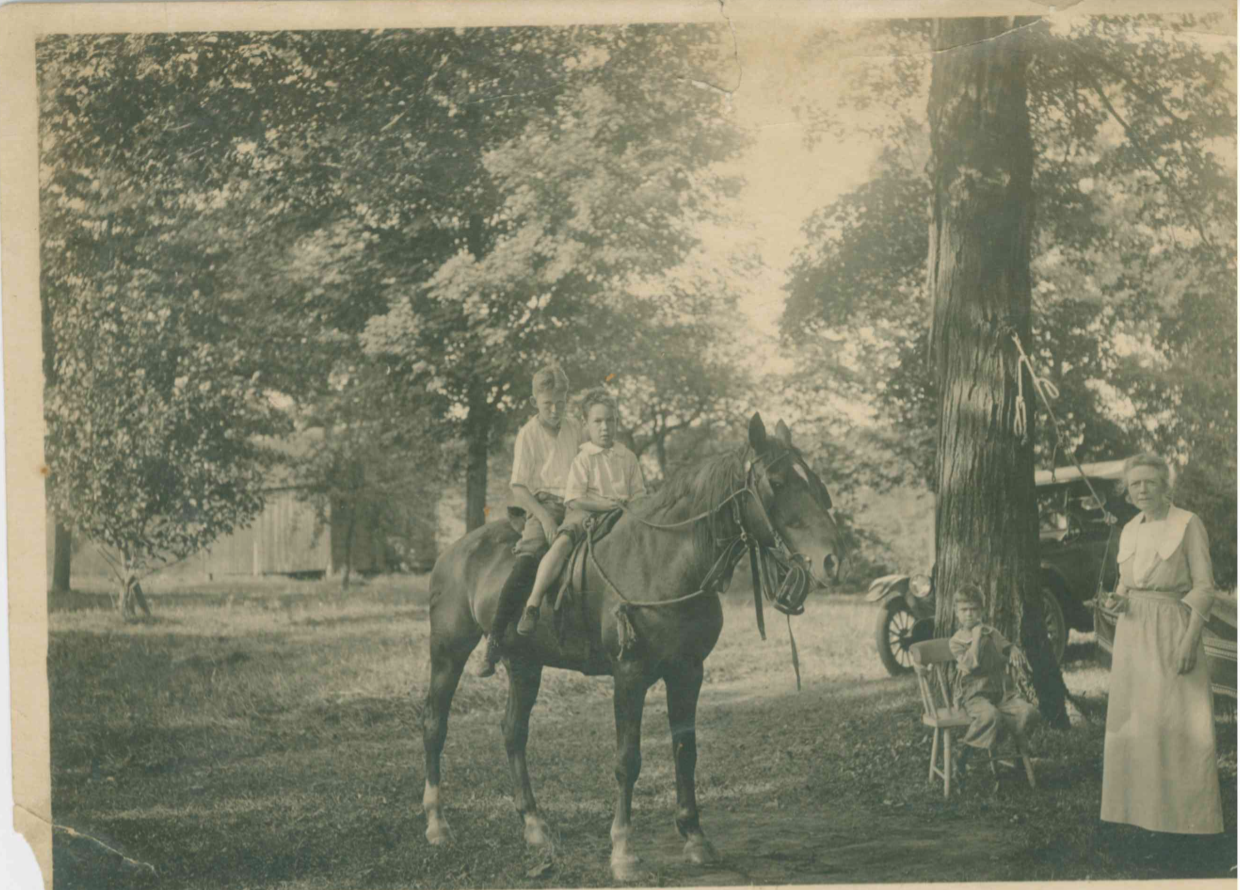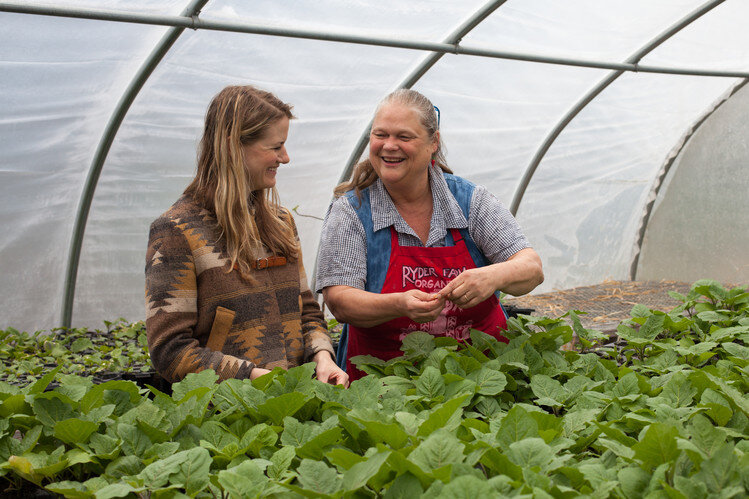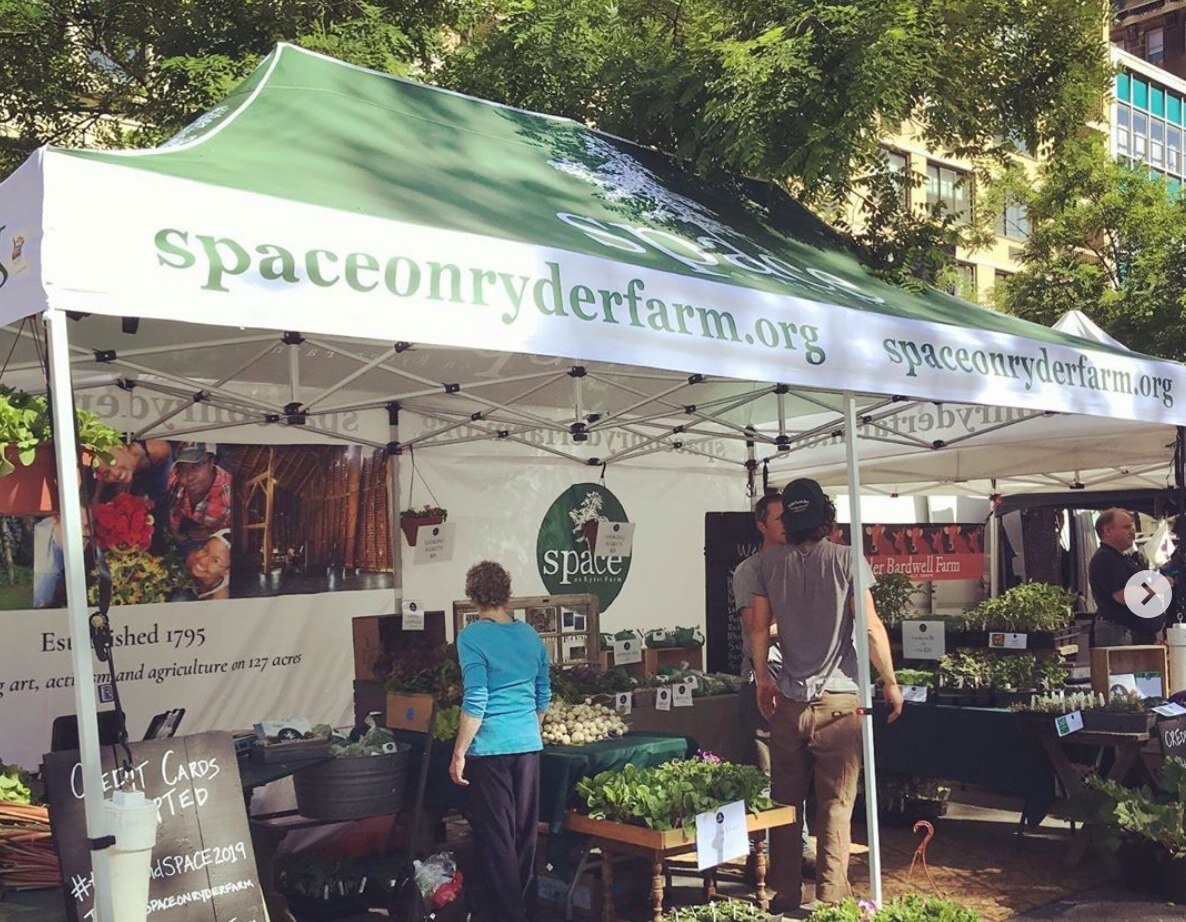
SPACE on Ryder Farm is a nonprofit residency program and organic farm located on a family homestead founded in 1795 in Putnam County, New York, about an hour and a half north of New York City. SPACE’s mission is to create an environment singular in its ability to invigorate artists and innovators and their work, and to contribute to the sustainability and resourceful preservation of one of the oldest organic family farms on the East Coast.
A SINGULAR DESTINATION
SPACE was established for artists by artists with a simple philosophy: artists need time and space to do what they do best—create. Since our founding in 2011, artists, innovators, and changemakers have come to SPACE to do their most important work.
As stewards of the farm, SPACE ensures the viability and continued growth of the agricultural contribution of Ryder Farm while connecting deeply with the communities immediately surrounding the farm. For its work in providing accessible organic produce, SPACE was honored by Putnam Community Action Partnership in 2020 as part of the Feed Our Food Program.
Through unique residency programs designed to serve artists of all stripes, social activists, nonprofit organizations, and parent-artists with their children, SPACE has welcomed over 1,550 residents; mentored more than 75 young professionals through fellowship and internship programs; and developed a national reputation as one of the most sought-after residency programs in the country. Through our intentional approach to arts and agriculture, SPACE on Ryder Farm provides a place to create, recharge, and commune.
STEEPED IN HISTORY
The land now known as Ryder Farm in Brewster, New York was first home to Indigenous peoples known as the Wappingers, whose earliest settlements in what is currently Putnam County date back more than 2,000 years. Archaeological evidence points to the presence of various Indigenous residents in the region up to over 12,000 years ago.
After the arrival of Dutch and English explorers in the 1600s, pandemic and violent conflict brought on by colonization quickly took a devastating toll on the Wappingers. Even when Europeans attempted to “purchase” Wappinger lands, the colonizers’ view of the permanent sale was at odds with that of the Wappingers, who adhered to a model of shared land stewardship and gift exchanges.
In 1691, two Dutch traders “purchased” the land, which was subsequently sold to Adolph Philipse, a merchant whose property included much of New York’s present-day Westchester, Putnam, and Dutchess Counties. During the French and Indian War (1754-1763), many of the Wappingers went to Stockbridge, Massachusetts. They became known thereafter as the Stockbridge Mohicans. Upon returning after the war, they argued that they had been defrauded of their ancestral lands. But the colonialist Provincial Council upheld Philipse’s ownership claim.
In the 1780s, the Stockbridge Mohicans accepted an invitation to live among the Oneida Nation in western New York. However, pressure to remove Native peoples from their lands was strong in New York at the time. Because of this, part of the community was eventually forced to move to Ohio and Indiana before staying in Wisconsin, where they still reside as the Stockbridge Munsee of Shawano County, Wisconsin.
Loyalists to Great Britain during the Revolutionary War, Philipse and his family fled America after the war. Their land was confiscated and divided by the New York Legislature, and eventually sold to immigrant farming families. Eleazer Ryder first began farming the land as a tenant, before ultimately purchasing the property now known as Ryder Farm in 1795.
Today, Ryder Farm is one of the oldest continuously held family farms along the East Coast, and the oldest in Putnam County. Throughout the 19th and 20th centuries, Ryder Farm housed a variety of operations, including a working farm with a general store, a dairy farm, and a leisure farm with a tennis court.
In the late 1970s, the Ryders’ farming tradition was reinvigorated by family member Hall Gibson, followed by Betsey and John Ryder. Under their stewardship, the farm became an early adopter of the burgeoning organic farming movement gaining momentum throughout the United States at the time. (In 1976, Ryder Farm was one of the original participating farms in New York City’s Union Square Greenmarket.)
SPACE ARRIVES ON RYDER FARM
In 2009, Emily Simoness, a 8th generation Ryder, became involved with Ryder Farm upon recognizing that her own artistic community could both benefit from and contribute to the long-standing but aging family farm. In 2011, she co-founded SPACE on Ryder Farm with the two-fold mission of providing time and space for artists and innovators to develop new work, while contributing to the sustainability and resourceful preservation of Ryder Farm. With the help of an army of inspired artists, volunteers, friends and family, SPACE was born.
Through the growth of its residency programs, SPACE has helped to breathe new life into Ryder Farm through the thoughtful restoration and management of many of the farm’s historic buildings. Additionally, SPACE invites both the Putnam and Westchester County communities, as well as New Yorkers, to the farm throughout the season for farm-to-table dinners and performance events.
At the end of the 2018 growing season, Betsey Ryder retired after 40 years of growing organic vegetables, flowers and herbs at Ryder Farm. SPACE took on the agricultural operations at Ryder Farm at the beginning of 2019, and is proud to follow in the footsteps of the Ryder Family members and indigenous farmers who have tended the land in years past.
A FORWARD THINKING VISION
The opportunity that SPACE on Ryder Farm has is not one that sunsets at ten years or twenty or fifty. It is rather an opportunity to ensure that in another 227 years, if you happen upon Starr Ridge Road in Brewster, there will be a farm and on that farm there will be artists and activists and farmers making and growing things. And those things they make and grow will radiate outward, outliving us all.

